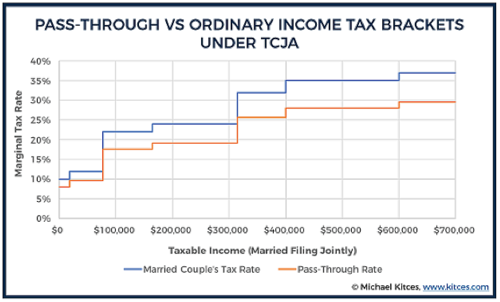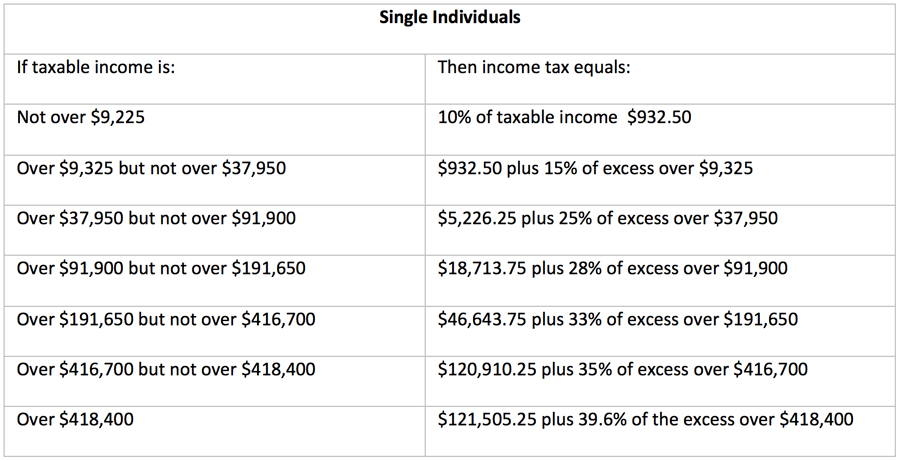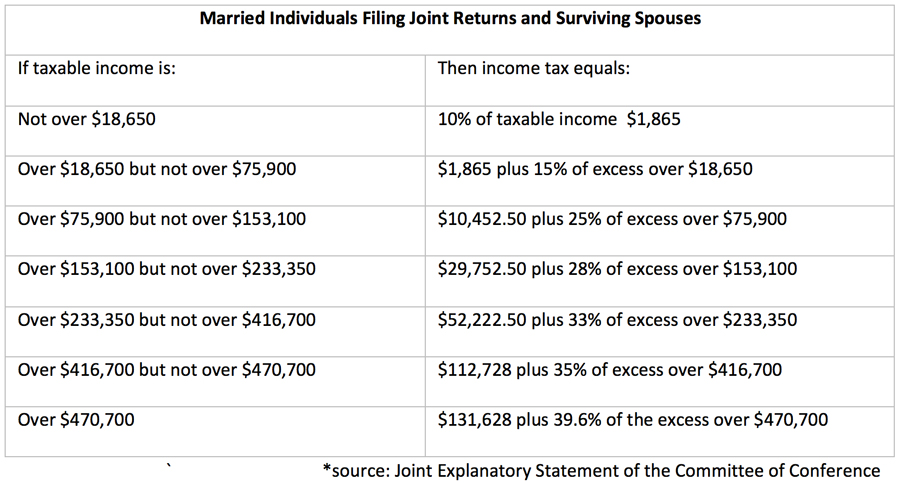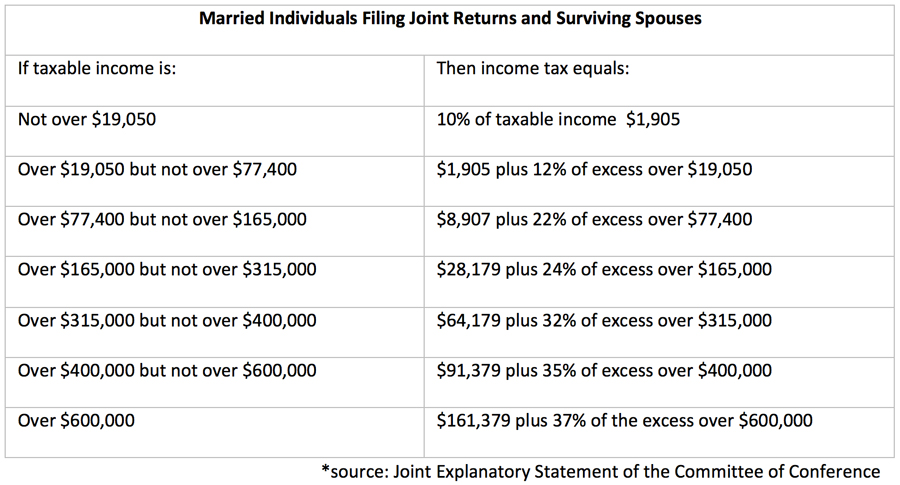Contributed by: Kali Hassinger, CFP® 
An annuity is a contract between you, the purchaser or owner, and an insurance company, the annuity issuer. In its purest form, you pay money to an annuity issuer, and the issuer eventually pays the principal and earnings back to you or a named beneficiary. Life insurance companies first developed annuities to provide income streams to individuals during retirement, but these contracts have since become a highly criticized investment vehicle. The surrender periods, fees, and endless annuity products on the market make it difficult for retail investors to understand contracts, let alone feel confident that it's the best option available for their situation. There are of course pros and cons to consider when entering into an annuity contract, and it's especially important to understand the basics of what an annuity offers.
Annuities are categorized as either qualified or non-qualified.
Qualified annuities are used similarly to tax-advantaged retirement plans, such a 401(k)s, 403(b)s, and IRAs. Qualified annuities are subject to the same contribution, withdrawal, and tax rules that apply to these retirement plans. That may make you question why someone would use a qualified annuity at all! If you are merely looking for tax-deferral, a qualified annuity probably doesn't make sense in connection with your retirement account. However, depending on your goals, there are aspects of a qualified annuity that are not available with traditional retirement plans, such as a living income benefit guaranteed by the insurance company and an additional death benefit.
One of the attractive aspects of a non-qualified annuity (which means the money deposited has already been taxed), on the other hand, is that its earnings are tax-deferred until you begin to receive payments or make withdrawals. During the period before withdrawing funds, the non-qualified annuity is treated similarly to your typical retirement plan. The same age requirement is enforced, which means that if you access this account before age 59 ½ there is still a 10% tax penalty on a portion of the withdrawals. The difference between a qualified and non-qualified annuity becomes apparent, however, when the withdrawal or annuitization payments begin. Only the part of these payments that represents investment or account growth is taxed at ordinary income tax rates. When annuitizing a contract, there is an "exclusion ratio" that means each payment represents both a portion of your initial investment and a portion of your investment returns. This means that the entire payment received isn't taxable to you – only the percentage that represents an investment gain.
Beyond the categories of qualified and non-qualified annuities, you can then classify annuities into fixed and variable contract options.
A fixed annuity functions similarly to a bank CD. You make a deposit, and the insurer will pay a specific interest rate over a specified period. A variable annuity, on the other hand, allows a contract holder to invest the funds in annuity subaccounts or mutual funds. Insurance companies can offer income riders as an additional benefit to their annuities. These riders typically have a guaranteed income growth rate, and they will increase the overall cost of the contract.
It is important to understand that annuities, although they can be an effective savings tool, are not right for everyone. Most deferred annuity contracts are designed to be long-term investment vehicles and can penalize the contract holder for making early withdrawals. If an annuity seems like it would fit within your overall financial picture, it is essential to consider which annuity products are appropriate and how to utilize them within your investment portfolio.
Kali Hassinger, CFP® is an Associate Financial Planner at Center for Financial Planning, Inc.®
The information contained in this report does not purport to be a complete description of the securities, markets, or developments referred to in this material. The information has been obtained from sources considered to be reliable, but we do not guarantee that the foregoing material is accurate or complete. Any opinions are those of Kali Hassinger, CFP® and not necessarily those of Raymond James. Any information is not a complete summary or statement of all available data necessary for making an investment decision and does not constitute a recommendation. This information is not intended as a solicitation or an offer to buy or sell any security referred to herein. Investments mentioned may not be suitable for all investors.
With variable annuities, any withdrawals may be subject to income taxes and, prior to age 59 1/2, a 10% federal penalty tax may apply. Withdrawals from annuities will affect both the account value and the death benefit. The investment return and principal value will fluctuate so that an investor's shares, when redeemed, may be worth more or less than their original cost. An annual contingent deferred sales charge (CDSC) may apply.
A fixed annuity is a long-term, tax-deferred insurance contract designed for retirement. It allows you to create a fixed stream of income through a process called annuitization and also provides a fixed rate of return based on the terms of the contract. Fixed annuities have limitations. If you decide to take your money out early, you may face fees called surrender charges. Plus, if you're not yet 59½, you may also have to pay an additional 10% tax penalty on top of ordinary income taxes. You should also know that a fixed annuity contains guarantees and protections that are subject to the issuing insurance company's ability to pay for them. Investing involves risk and you may incur a profit or loss regardless of strategy selected. Prior to making an investment decision, please consult with your financial advisor about your individual situation.
























